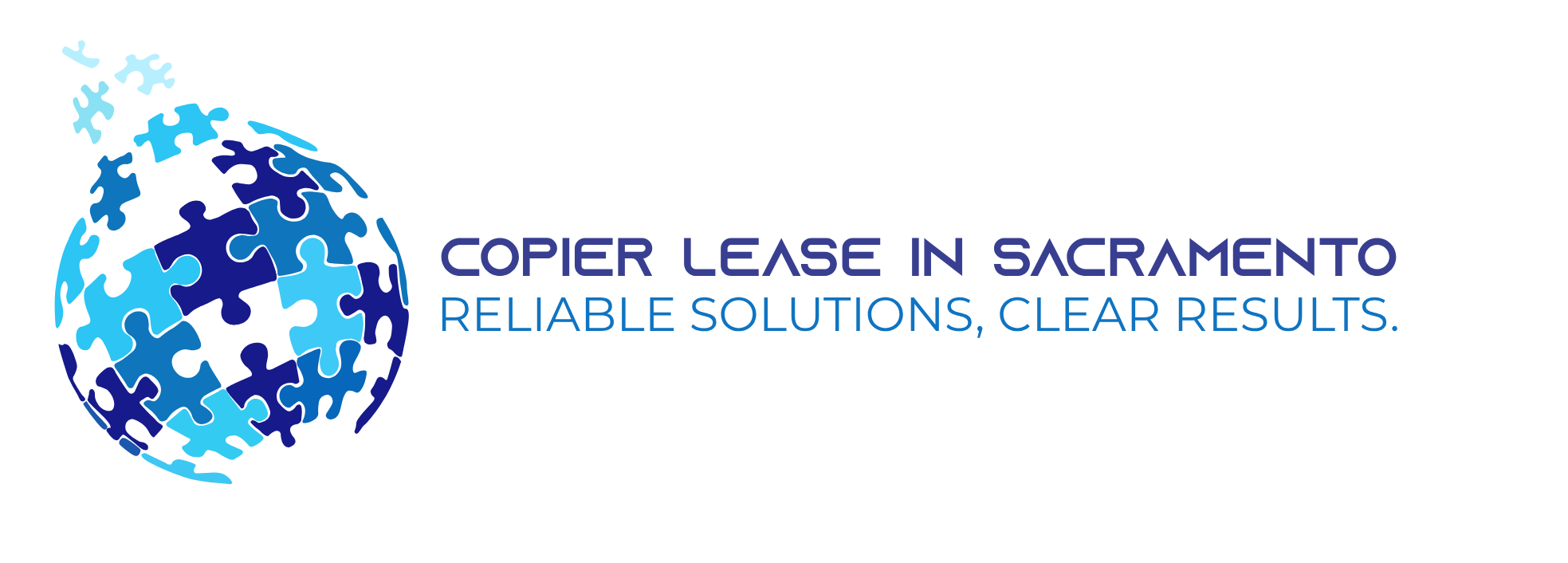In today’s fast-paced digital world, offices and homes require efficient printing solutions to meet their diverse needs. While the terms “digital copier” and “multifunction printer” are often used interchangeably, they refer to distinct devices with varying capabilities. Understanding the differences between these two can help you make an informed decision when it comes to selecting the right printing solution for your requirements. In this blog post, we’ll explore the disparities between a digital copier and a multifunction printer and delve into their unique features.
Functionality:
A digital copier, as the name suggests, is primarily designed for one purpose: making copies. It excels in producing high-quality duplicates of documents, photos, or other printed materials. On the other hand, a multifunction printer (MFP) offers a broader range of capabilities. In addition to copying, it can also scan documents, print files from a computer or mobile device, send faxes, and sometimes even email documents directly.
Printing Technology:
Digital copiers and MFPs employ different printing technologies, which contribute to their varying functionalities. Digital copiers typically use xerographic or laser printing technology, similar to that of office photocopiers. This technology uses toner and heat to transfer and fuse images onto paper. Multifunction printers, on the other hand, can use different printing technologies, including inkjet, laser, or solid ink. These technologies offer diverse benefits such as high-quality color prints, fast printing speeds, and cost-effective output.
Space and Cost Considerations:
In terms of physical size, digital copiers tend to be larger and bulkier compared to multifunction printers. They often require a dedicated space due to their robust build and additional features like document feeders and finishing options. Multifunction printers, on the other hand, are generally more compact, making them suitable for small offices or home environments where space is limited. Moreover, multifunction printers can often be a more cost-effective choice since they combine multiple functionalities into a single device, eliminating the need to invest in separate machines.
Scalability and Expandability:
Digital copiers typically offer scalability options to accommodate higher print volumes and additional features. They may have modular designs that allow for upgrades such as extra paper trays, finishing options like stapling or booklet-making, and advanced document management systems. Multifunction printers also come with scalability features but might have limitations compared to dedicated copiers. However, they often provide flexible connectivity options, allowing integration with cloud services, mobile printing, and wireless connectivity, enhancing productivity and convenience.
User-Friendliness:
When it comes to ease of use, multifunction printers have the upper hand. They are designed with user-friendly interfaces and intuitive control panels, making it simpler for anyone to navigate through various functions. Digital copiers, although straightforward in terms of basic copying operations, might have a steeper learning curve for more advanced features and settings.
Conclusion:
While digital copiers and multifunction printers share the common purpose of producing hard copies of documents, they have distinct differences in terms of functionality, printing technology, size, cost, scalability, and user-friendliness. Choosing between the two depends on your specific needs, such as the volume and variety of tasks, available space, budget, and desired features. Assessing these factors carefully will help you select the most suitable printing solution that aligns with your requirements, whether it’s a digital copier or a multifunction printer.






